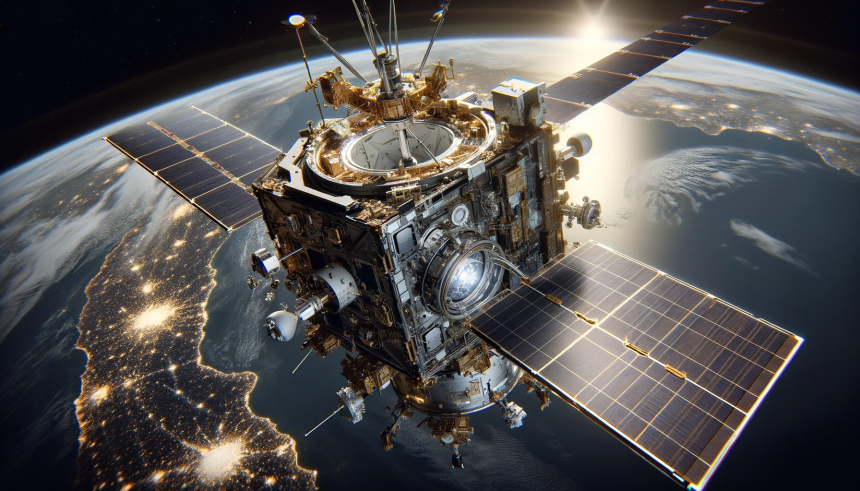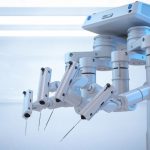NASA is gearing up for two significant spacewalks outside the International Space Station (ISS). The first spacewalk is set for June 24, starting at 8 a.m. EDT, with live coverage commencing at 6:30 a.m. This event will be streamed on various platforms, including NASA+, NASA Television’s public channel, the NASA app, YouTube, and the agency’s website. NASA astronauts Tracy C. Dyson and Mike Barratt will exit the Quest airlock to remove a malfunctioning radio frequency group from a communications antenna on the ISS’s starboard truss. Additionally, the pair will gather samples to study the survival and reproduction of microorganisms on the station’s exterior.
Details of the First Spacewalk
Tracy C. Dyson will don a suit with red stripes, while Mike Barratt will wear an unmarked suit during the first spacewalk, which is expected to last about six and a half hours. This operation, designated U.S. spacewalk 90, was originally slated for June 13 but was postponed due to a spacesuit discomfort issue. This will mark Dyson’s fourth spacewalk and Barratt’s third, contributing to the 271st spacewalk in support of ISS assembly, maintenance, and upgrades.
Second Spacewalk Plans
The second spacewalk is scheduled for July 2, beginning at 9 a.m. EDT, with live coverage starting at 7:30 a.m. The tasks for this spacewalk include replacing a gyroscope assembly, relocating an antenna, and preparing for future enhancements to the Alpha Magnetic Spectrometer. This will be the 272nd spacewalk dedicated to ISS support. The participating crew members for this operation will be announced after the completion of U.S. spacewalk 90.
In earlier instances, spacewalks have been rescheduled due to various issues, including technical malfunctions and astronaut safety concerns. For instance, prior spacewalks have faced delays due to spacesuit leaks or equipment failures, highlighting the importance of rigorous checks and balances. These upcoming spacewalks continue the trend of addressing critical maintenance and upgrades necessary for the ISS’s operation and longevity.
Comparing these spacewalks to previous missions, NASA’s practice of broadcasting such events remains consistent, allowing the public to witness the complexities of space operations. The focus on both maintenance and scientific research during these spacewalks underscores NASA’s dual objectives of ensuring the ISS’s functionality while advancing space science. The removal and replacement of equipment, alongside the collection of microbial samples, exemplify this balanced approach.
The meticulous planning and execution of these spacewalks are crucial for ongoing ISS missions and future space exploration. The tasks performed by astronauts Dyson and Barratt will not only address immediate needs but also pave the way for future scientific endeavors and technological advancements. The live coverage of these events offers a unique opportunity for the public to engage with space exploration in real-time.










